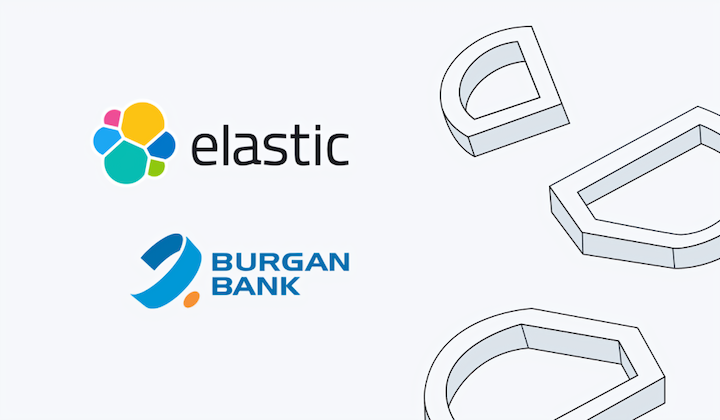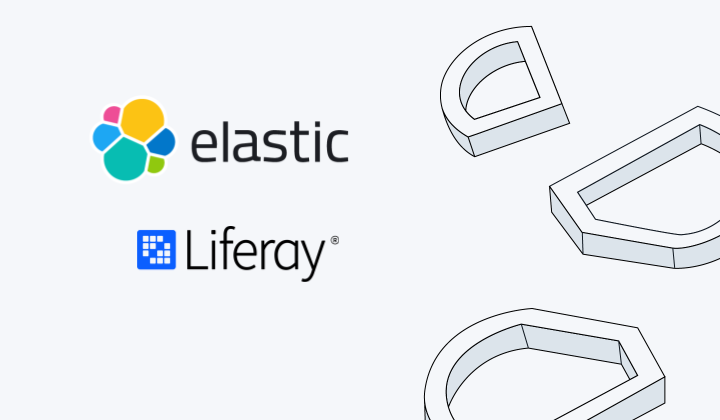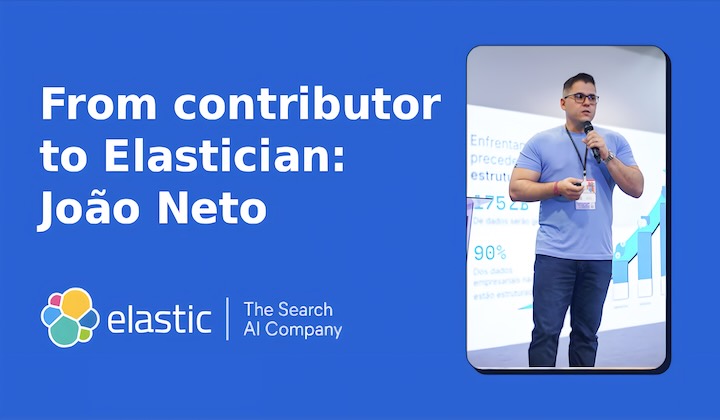
Learn about the steps Elastic took to monitor and put measures in place to mitigate the threat posed from the ever increasing number of compromised packages.
Top stories
Solutions
Elastic Stack + Cloud
Elastic is excited to announce the availability of Elastic Cloud Serverless in two new AWS regions: London and Tokyo. Built on a Search AI Lake architecture, it combines vast storage, low-latency querying, and advanced AI capabilities.
AutoOps is now available for self-managed clusters, bringing simplified cluster management with real-time issue detection, performance recommendations, and resource utilisation insights directly to your on-prem or privately hosted environments.
Elastic is excited to announce the availability of Elastic Cloud Serverless in three new Google Cloud regions in the US. Built on a Search AI Lake architecture, it combines vast storage, low-latency querying, and advanced AI capabilities.
Customers
KPMG Technology consulting deploys Elastic Security to cut storage costs, increase visibility, and reduce false positives
KPMG Technology consulting helps clients migrate from legacy SIEM platforms to Elastic Security, delivering 75% cost savings, 10x storage increase, and enhanced threat detection with AI-powered analytics and real-time monitoring capabilities.
Burgan Bank Türkiye modernized its IT with Elastic, moving from OpenShift to bare metal. Learn how the team used ML and an on-prem AI assistant to achieve 90% faster incident response and secured unified observability across all systems.
Transforming digital experiences: How Liferay's partnership with Elastic drives revenue and efficiency
Liferay takes advantage of OEM partnership with Elastic to boost annual revenue, drive developmental efficiencies, and deliver cutting-edge search functionality, such as vector-based semantic search.
Culture
In this installment of the Top Down developer interview series, we meet Dom Toepfer, principal software engineer at Elastic. Learn about his journey in consulting, sales, and engineering at Elastic, giving him a unique, holistic view of the company.
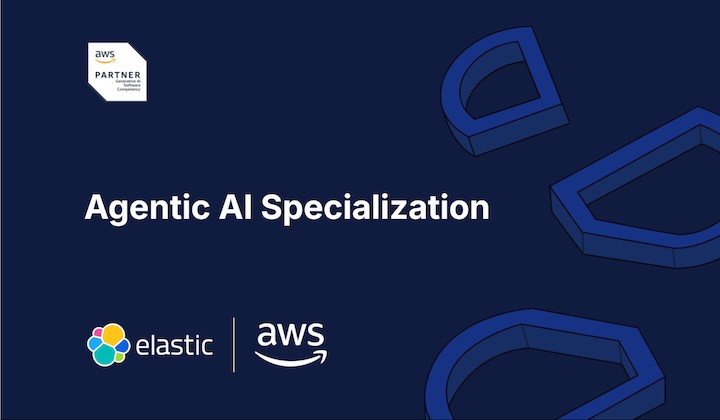

_(1).png)


.png)

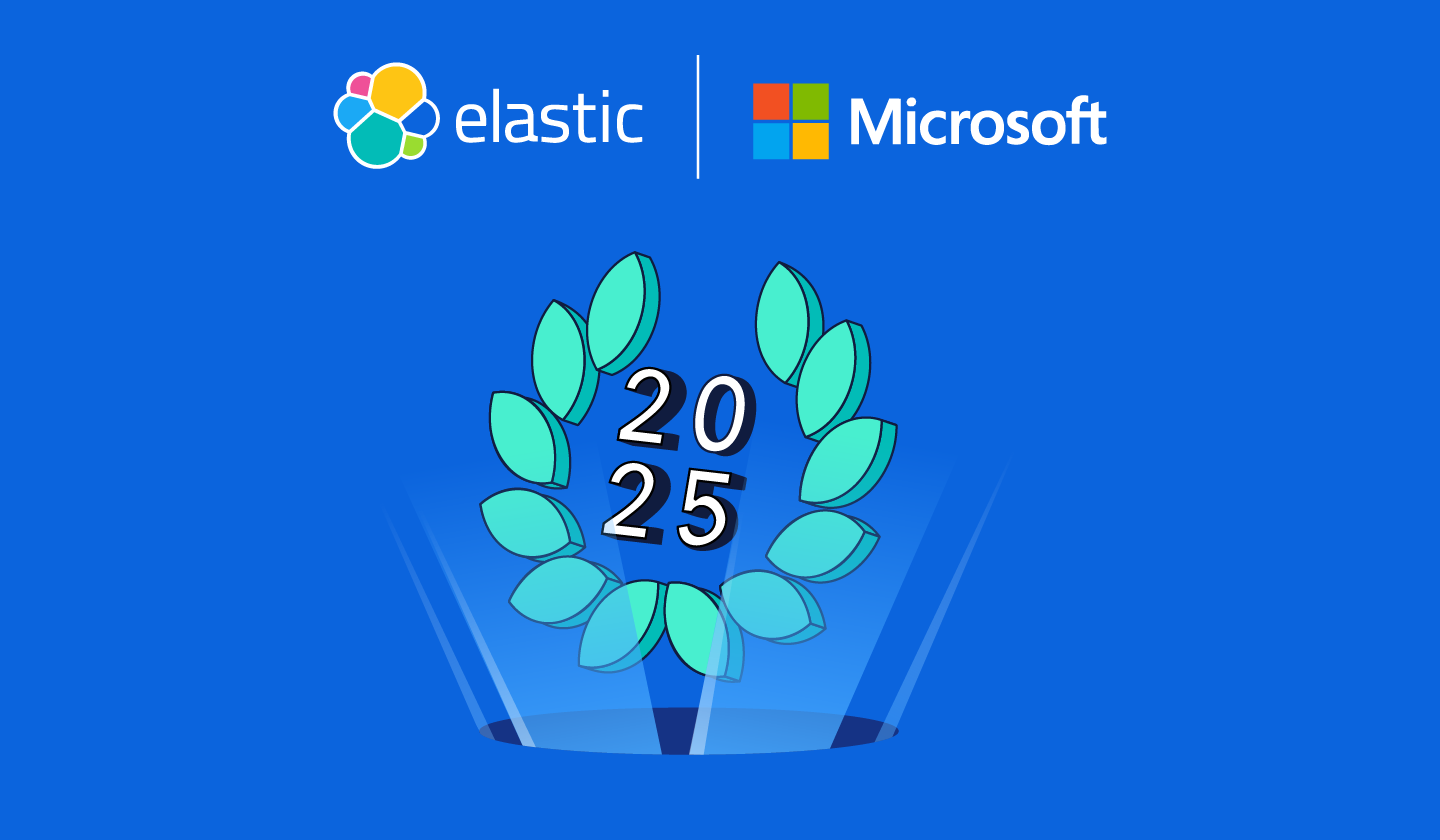

_(1).png)

.png)



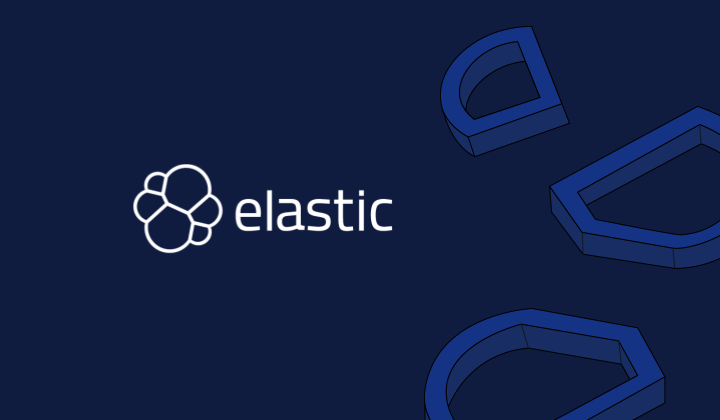

_(1).png)

